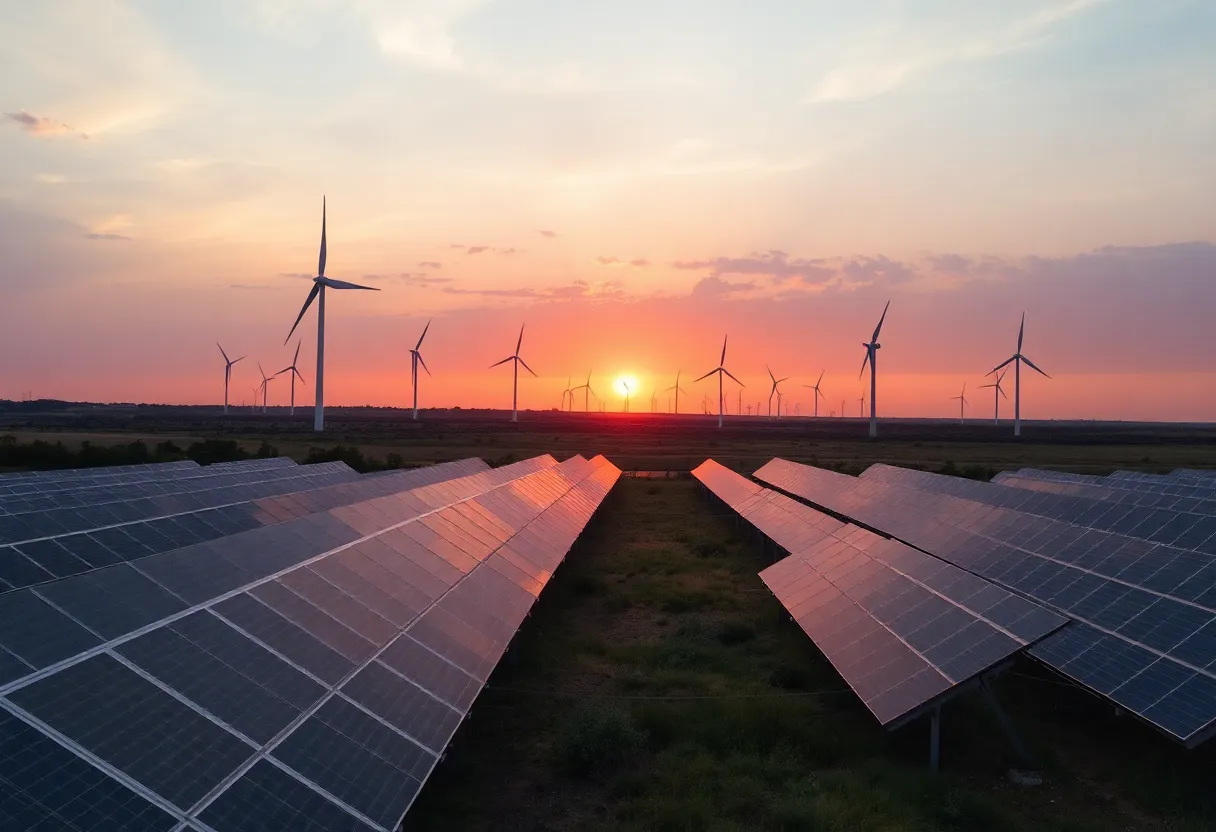

Texas Clean Energy Landscape
Texas’s clean energy sector is experiencing unexpected challenges as lawmakers introduce regulations that could hinder the growth of renewable energy projects. The ongoing tussle between fossil fuel interests and clean energy innovations threatens the state’s energy future, despite recent legislation aimed at enhancing grid reliability. While the sector has created thousands of jobs and attracted significant investments, new proposals could impose stricter regulations on wind and solar initiatives. As demand for energy continues to rise, Texas’s energy landscape may see critical shifts driven by political debates and economic implications.
Texas is currently witnessing legislative efforts that may significantly impact its burgeoning clean energy sector, particularly wind and solar industries, amid a backdrop of rising demand and innovation. Recent measures introduced by lawmakers seek to impose new regulations and restrictions that could hinder growth in these sectors, raising concerns among advocates of renewable energy.
In 2023 and 2024, Texas has experienced financial losses amounting to $2.3 billion and $1.9 billion, respectively, primarily due to a shortage of transmission lines that has affected customers under the Electric Reliability Council of Texas (ERCOT). This agency oversees 90% of Texas’s electric grid and has been subject to significant lobbying from the fossil fuel industry and electricity retailers. The power grid needs improvements, especially as the demand for electricity continues to spike.
Amid increasing scrutiny over electric grid reliability, particularly concerning the operation of natural gas power plants such as the NRG’s WA Parish, state lawmakers have enacted reforms aimed at enhancing the grid. New legislation mandates that utilities perform routine inspections and maintain their transmission and distribution systems. This addresses past negligence experienced during outages that affected many Texans.
The Public Utility Commission (PUC) is set to expand its authority to facilitate the planning of new power lines to bolster transmission capacity. While this step is crucial for grid reliability, some conservative lawmakers express concern that other legislative efforts may hinder the progress of renewable energy projects. Proposed restrictions seek to increase required setback distances for new wind and solar installations, which could stifle the clean energy boom beneficial for both economic and environmental reasons.
The push for clean energy has already shown promising results, with Texas generating 29,000 new clean energy jobs and attracting over $14 billion in private investments since the implementation of the Inflation Reduction Act. It is anticipated that clean energy companies will install at least 14 gigawatts of battery capacity by the end of 2025, enough to power 2.8 million homes. These battery systems are pivotal in stabilizing the grid by storing energy produced during peak renewable generation times for later use, aiding in a reliable electricity supply.
The rising slate of clean energy installations not only benefits metropolitan areas but also provides vital economic support for rural communities that depend on wind turbines and solar farms for income. However, the new regulations threaten to dampen those opportunities. Critics of new legislative measures argue that they could undermine the potential for job growth and negatively impact electricity prices.
The recent legislative trajectory reveals a division among Texas lawmakers regarding the future of renewable energy. Several conservative voices, including ranchers and community leaders, are pushing for the continuation of clean energy projects, arguing these initiatives are essential for the state’s economic and environmental health. They express alarm over the party’s shift toward anti-clean energy policies that could stifle growth and innovation.
As legislative sessions continue, the future of Texas’s clean energy landscape hangs in the balance, caught between the demand for sustainable energy and the influence of fossil fuel interests. The state is at a pivotal moment, navigating between legislative restrictions and the clear necessities of energy reliability and environmental consciousness.
As Texas moves forward, stakeholders in the energy sector are poised to see how these legislative actions will shape the energy market, the balance of power sources, and the economic landscape of the state, particularly in regards to the transition towards cleaner energy solutions.
News Summary Round Rock is commencing construction on The District, a 66-acre project featuring 4…
News Summary Lake Travis Zipline Adventures (LTZA) is offering a special promotion where one child…
News Summary Central Texas school districts, led by Georgetown ISD, are implementing pay raises for…
News Summary Osteria Mozza, the acclaimed Italian restaurant led by Nancy Silverton, is set to…
News Summary The abrupt closure of Hail Specialists Auto Body and Collision in North Austin…
News Summary Williamson County Emergency Communications (WCEC) has been awarded dual accreditation as an Accredited…